A Guide to Spending a Magical Christmas in Rome
As the holiday season approaches, many people start planning their festive getaways. If you’re looking for an unforgettable winter escape, consider spending your Christmas holidays in the eternal city of Rome. With its stunning architecture, rich history, and delicious cuisine, Rome is a truly magical destination during the festive season.
The lead-up to Christmas in Rome is filled with delightful traditions that will transport you back in time. One of the most beloved customs is the lighting of the Christmas tree, which takes place on Piazza Venezia on December 7th each year. The tree stands proudly against the backdrop of the Capitoline Hill and is decorated with twinkling lights and festive ornaments.
Another must-see event during the Christmas season in Rome is the Presepi Viventi, or Living Nativity scenes. These scenes are reenactments of the biblical story of Jesus’ birth, complete with live actors dressed in period costumes, animals, and traditional music. The scenes take place throughout the city, but some of the most popular ones can be found at the Basilica di Santa Maria Maggiore and the Church of San Pietro in Vincoli.
One of the most magical experiences during the Christmas season in Rome is visiting the city’s many churches, which are decorated with stunning nativity scenes and intricate decorations. The Basilica di Santa Maria Maggiore, for example, is renowned for its elaborate nativity scene, complete with a life-sized baby Jesus lying in a manger surrounded by animals.
If you’re feeling hungry after all that sightseeing, be sure to sample some of Rome’s traditional Christmas dishes. These include panettone, a sweet bread loaf filled with dried fruit and raisins, and tortellini en brodo, small dumplings filled with cheese and spinach served in a hot chicken broth.
When it comes to accommodations during the festive season, there’s no shortage of luxurious options in Rome. One popular choice is the Hotel Raphael, which offers stunning views of the Piazza Navona and features elegant rooms decorated with classic Italian furnishings. For a more budget-friendly option, consider staying at the Hotel Santa Maria, located just steps from the Colosseum and offering comfortable rooms at affordable prices but have have chosen another option.
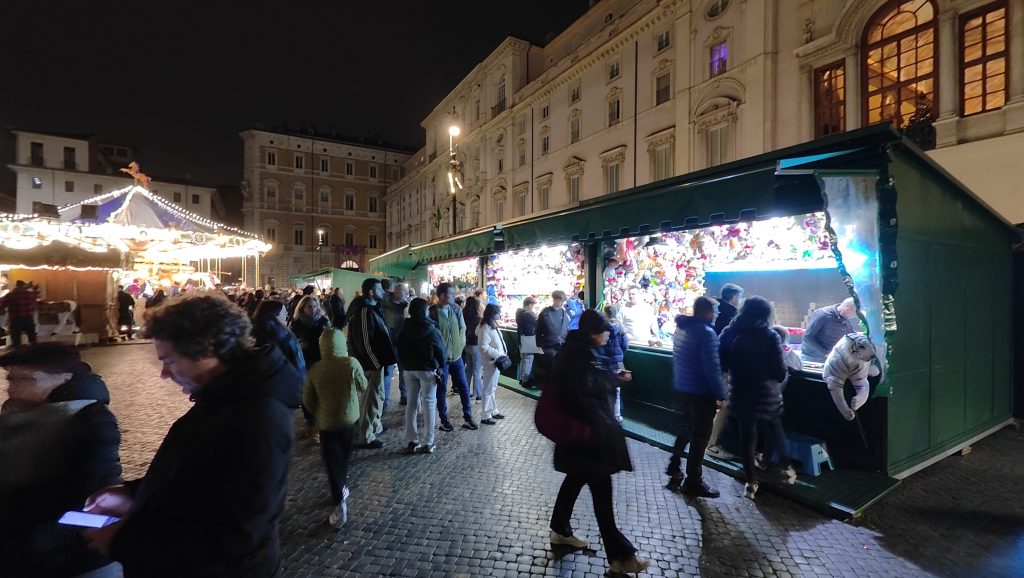
Our trip to Rome at Christmas
As I sit down to pen down our unforgettable three-day sojourn in the Eternal City of Rome with my two beloved children, a lump forms in my throat, and my heart swells with gratitude for this blessed experience. Our journey began a day before Christmas Eve as we landed at Fiumicino Airport, eagerly anticipating the magic that awaited us in this ancient city.
Our accommodation was just a stone’s throw away from Tiburtina Metro Station, which proved to be an excellent base for our explorations. The weather was mild and pleasant, and we couldn’t have asked for better timing as there were no crowds at the iconic landmarks we visited.
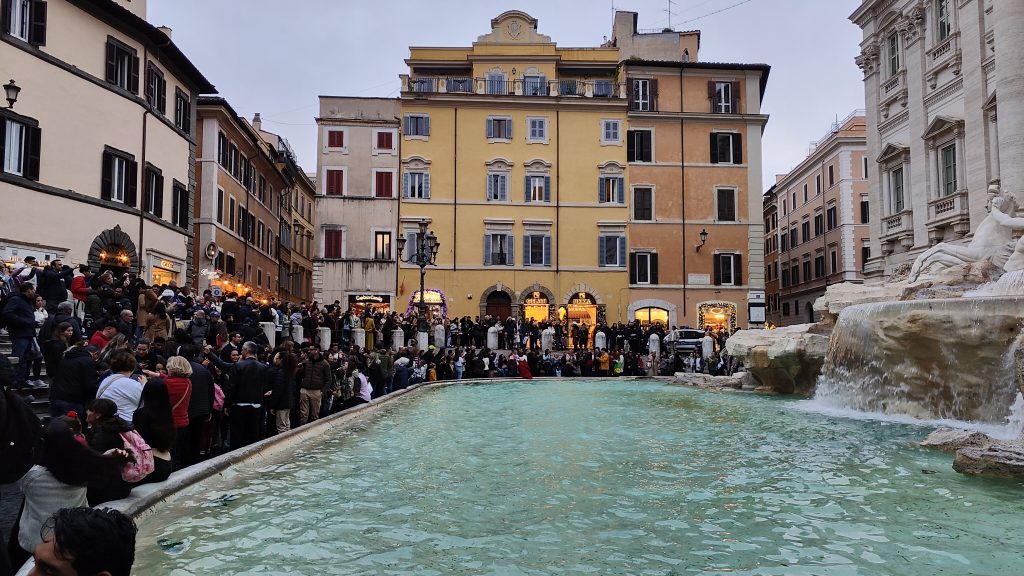
Day one was dedicated to discovering two of Rome’s most renowned attractions- the Fountain of Trevi and the Colosseum. Our little ones were thrilled to toss their coins into the watery expanse of the fountain, making a wish for our future travels.
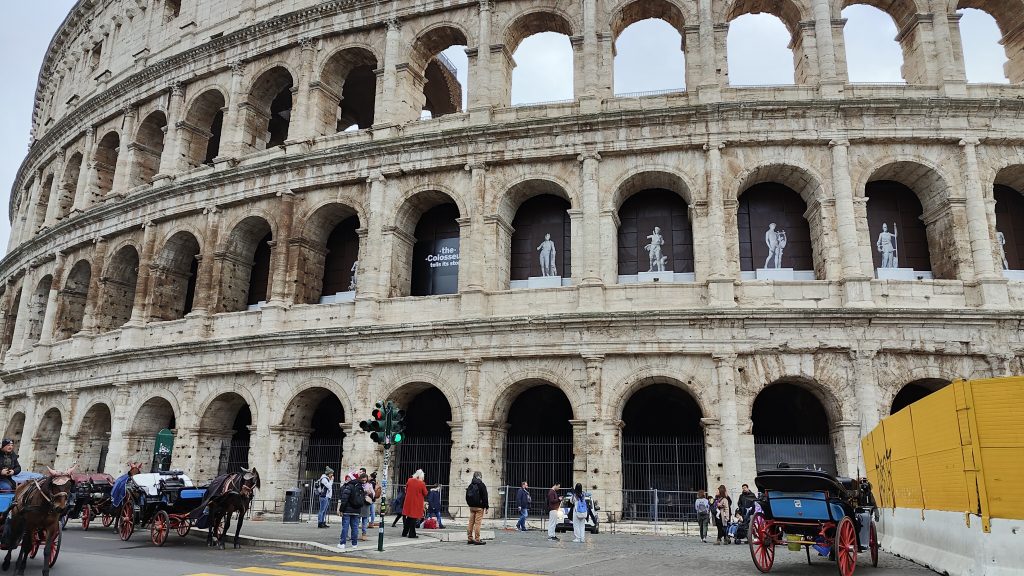
Next, we delved into the fascinating history of the ancient Roman amphitheatre, which was once the site of gladiatorial contests and animal hunts. The children were mesmerized by the grandeur and scale of this architectural marvel, and we spent hours exploring every nook and cranny.
On our second day, we headed to St Peter’s Basilica, a magnificent edifice that left us breathless with its intricate artwork and soaring ceilings. The kids were in awe of Michelangelo’s Pieta sculpture, which depicts the Virgin Mary holding the lifeless body of Jesus Christ. We also visited St Peter’s Square, where the children marveled at the towering obelisk that has stood for centuries.
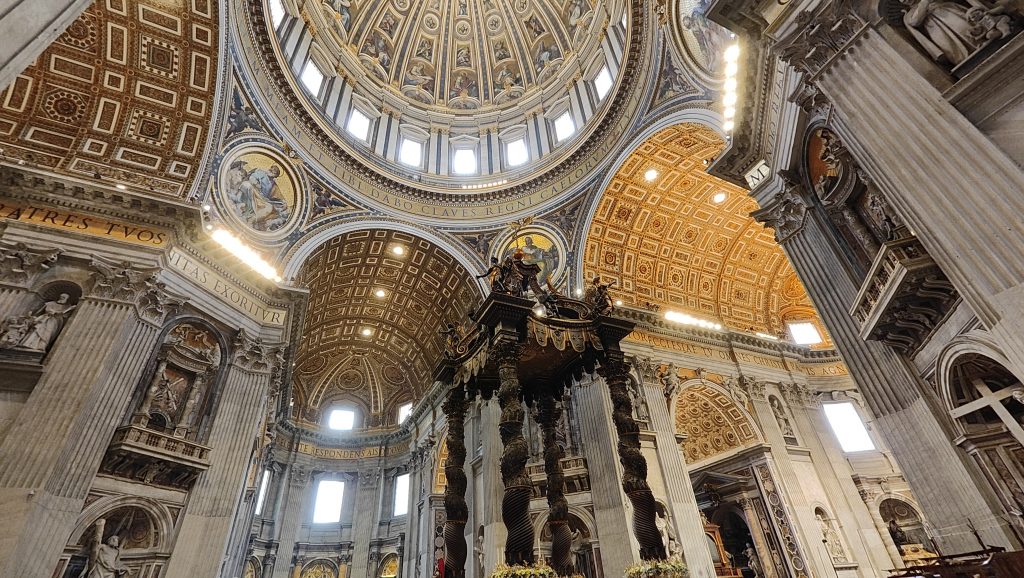
The third and final day was dedicated to discovering lesser-known gems of Rome. Our first stop was St Luigi De Francia, a humble church that houses some of Caravaggio’s most breathtaking paintings. The children were fascinated by the vivid colors and dramatic scenes depicted in these masterpieces.
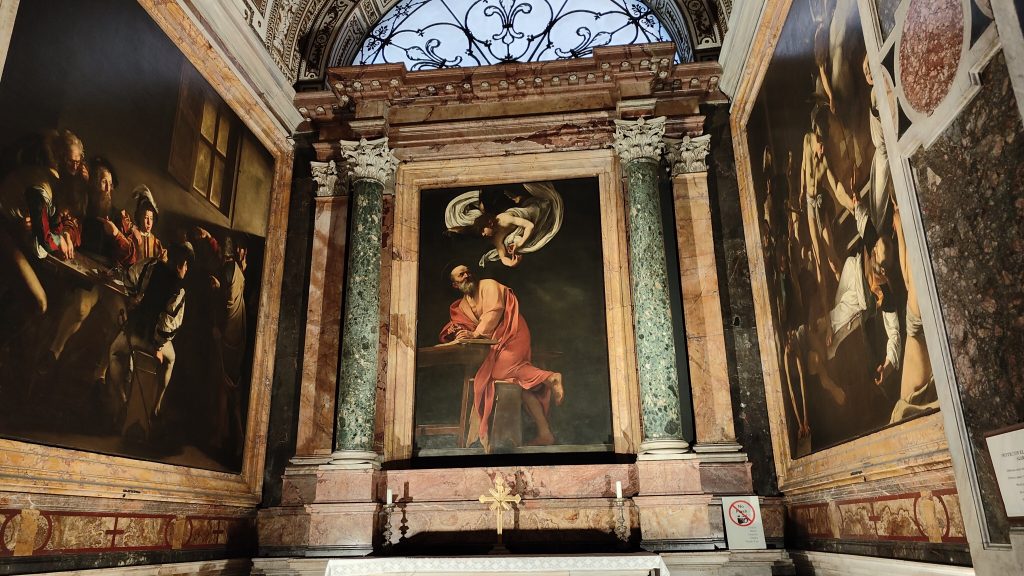
Next on our itinerary was the Pantheon, an ancient temple that has been standing for over 2000 years! Its grandeur left us speechless as we gazed up at its awe-inspiring dome. Our final stop was St Angel Churs, where we savored the delights of Italian cuisine and indulged in some delicious gelato.

As we pack our bags to return home, we cannot help but feel grateful for this magical experience that has enriched us beyond measure. We look forward to returning to Rome in the summer when the sun shines bright, and the city is alive with the warmth of the Mediterranean. Until then, our memories will continue to inspire us as we reminisce about the wonders we’ve witnessed in this timeless city.
In conclusion, Rome is a truly magical destination during the Christmas season. From the lighting of the tree to the Living Nativity scenes and traditional festive dishes, there’s no shortage of enchanting experiences to be had. Whether you prefer luxurious accommodations or budget-friendly options, there’s a perfect place for you in Rome this winter. So why wait? Start planning your Christmas escape to the Eternal City today!


What a lovely article! I’m glad to see that you’ve highlighted the magic of Rome during the Christmas season. However, I have to ask: don’t you think that the idea of a “magical experience” can be a bit… clichéd? I mean, isn’t it possible that some people might find Rome’s crowds and touristy atmosphere overwhelming, especially during peak holiday season?
I’m not saying that Rome isn’t worth visiting – of course it is! But perhaps we should also consider the perspectives of those who might not feel as enchanted by the Eternal City’s festive atmosphere. After all, isn’t the idea of a “magical experience” really just a subjective interpretation?
Vera, you’re as subtle as a sledgehammer, aren’t you? I mean, who needs nuance when you can just come out and say that Rome might be a bit too crowded and touristy for some people’s taste? Bravo. As for your comment about the “magical experience” being clichéd, well, let me tell you, it’s not like Rome is trying to reinvent the wheel here. It’s Christmas in Rome, for crying out loud! The city has a certain… je ne sais quoi that transcends the usual holiday clichés. And as for your remark about subjective interpretations, well, isn’t that just a fancy way of saying “I’m being contrarian”?
What a utterly ridiculous and over-the-top article about spending Christmas in Rome. Who needs that much pomp and circumstance when celebrating the holiday season? I’d rather spend my Christmas in a dingy, cramped Airbnb with my family, eating plain pasta and watching reruns of “It’s a Wonderful Life” on TV. At least then we can be together, without all the pretentiousness and commercialism that comes with traveling to Rome during the holidays. And what’s with all these pictures? Can’t they just write about their experiences without feeling the need to document every single moment? Sorry, but I’d much rather read about how to scale a small business in tough economic times than be bombarded with cheesy travel articles like this one.
Rome at Christmas is lovely and all, but let’s not forget that the city can be a nightmare to visit during peak tourist season – have you ever tried to navigate the crowds around the Colosseum on a hot summer day? No thank you. I’d much rather visit in the spring or fall when it’s slightly cooler and there are far fewer tourists. Also, did anyone else notice how many of these “magical” experiences seem to involve paying money for overpriced gelato?